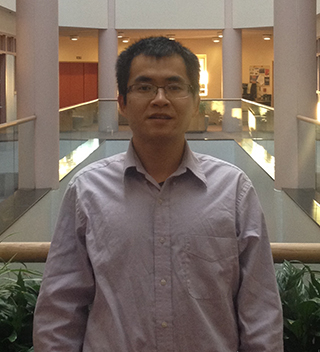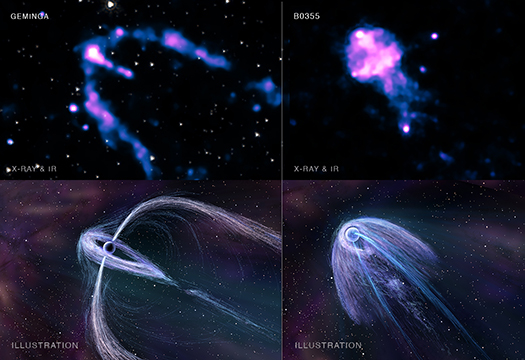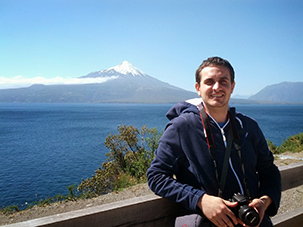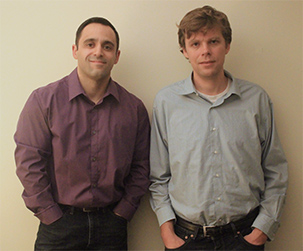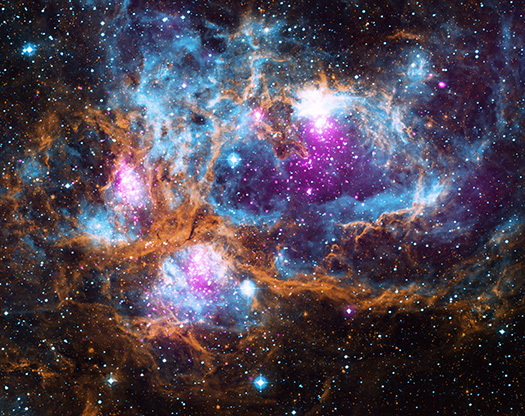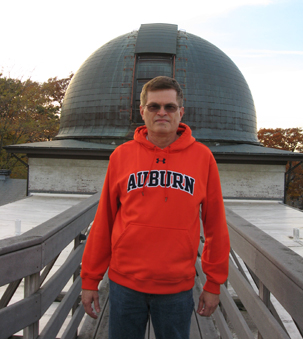Carnival of Space
Submitted by chandra on Wed, 2017-02-08 09:32It’s Carnival time, folks, so let’s get started! Here is a brief look at interesting space stories from the past week.
At Universe Today, their writers have got the Universe covered. In one post, they take a look at an intriguing new result that may help tie "Joshua's Eclipse" to the Battle of Gibeon, showing how astronomy can help make connections in other fields such as history. http://www.universetoday.com/133166/ancient-annular-dating-joshuas-eclipse/

Processed image taken on Dec. 11, 2016, at 9:27 a.m. PST (12:27 p.m. EST) by the NASA Juno spacecraft, as it performed its third close flyby of Jupiter. Credits: NASA/JPL-Caltech/SwRI/MSSS/Eric Jorgensen
In another post, they explain the most recent exciting pass of the Juno spacecraft over the cloud tops of Jupiter. NASA is also offering the public the chance to vote on what features Juno should image next. Take a look! http://www.universetoday.com/133215/juno-buzzes-jupiter-cloud-tops/




